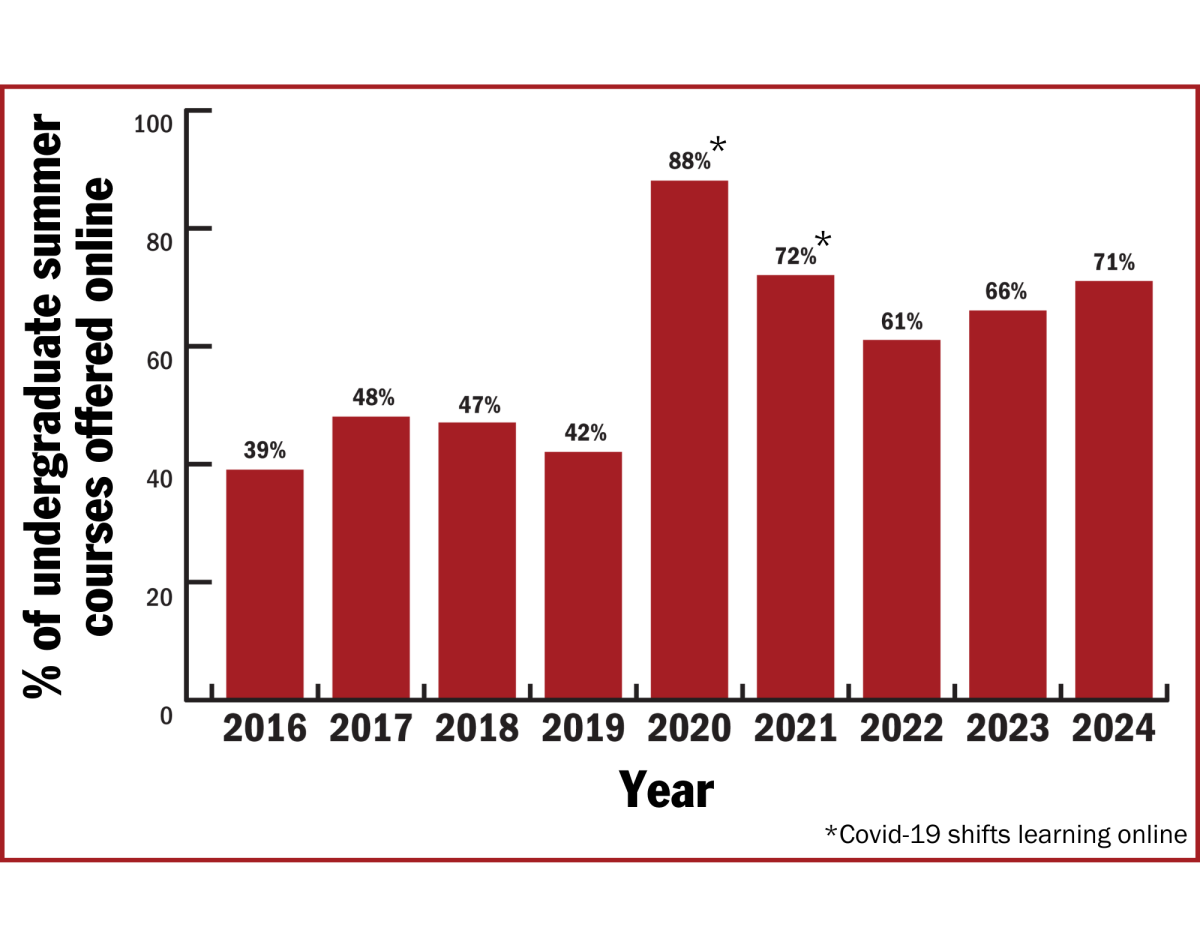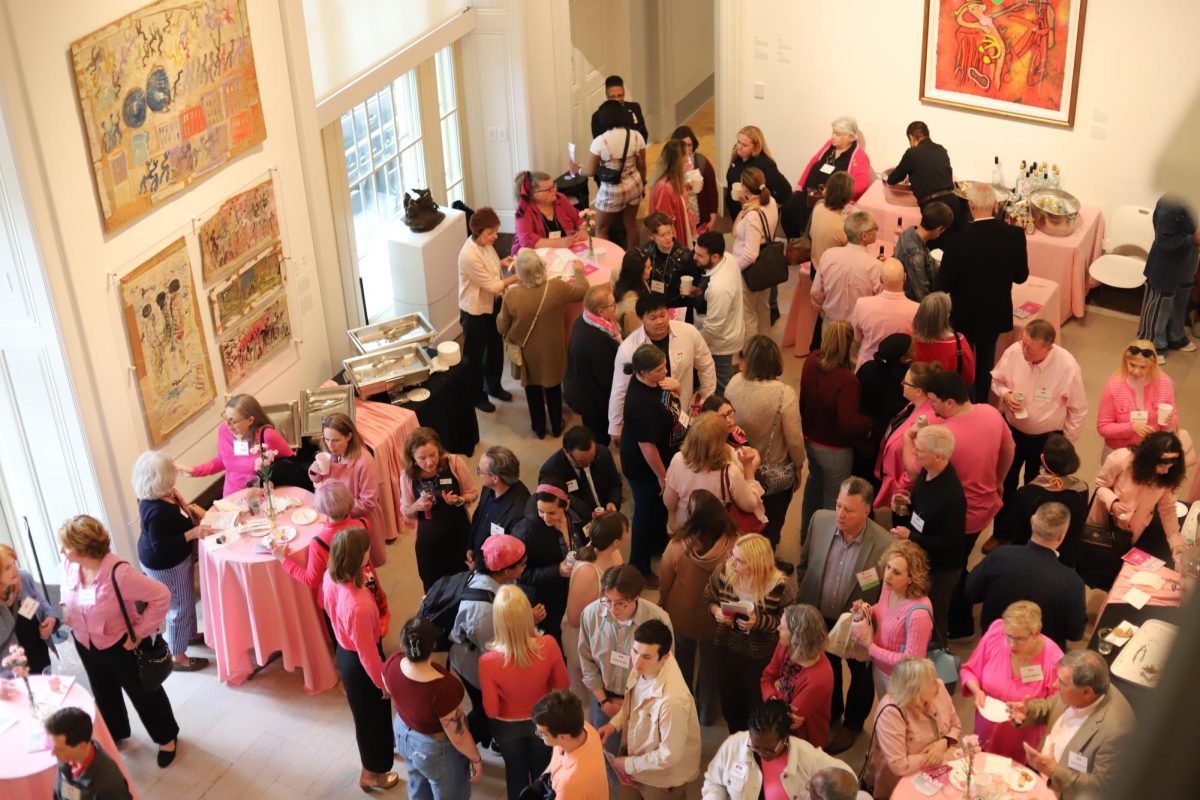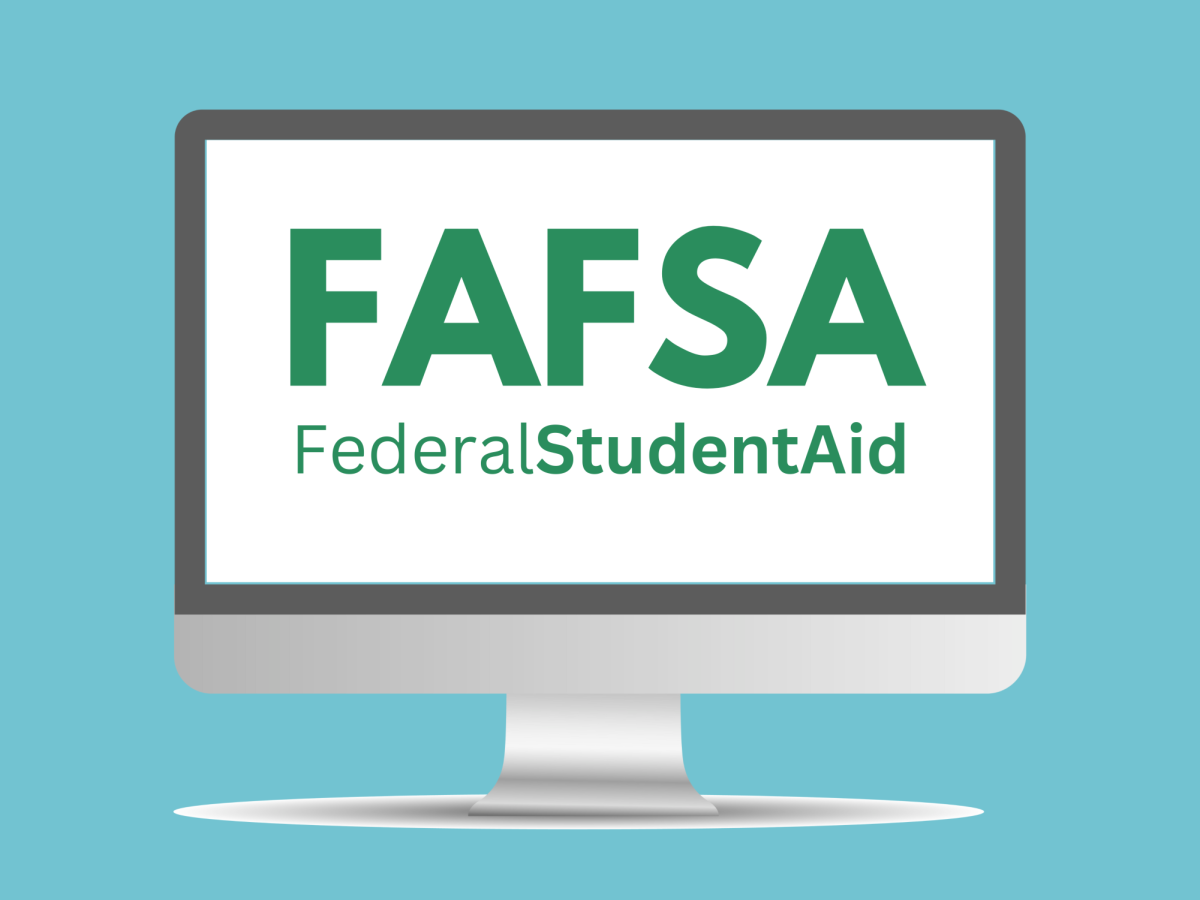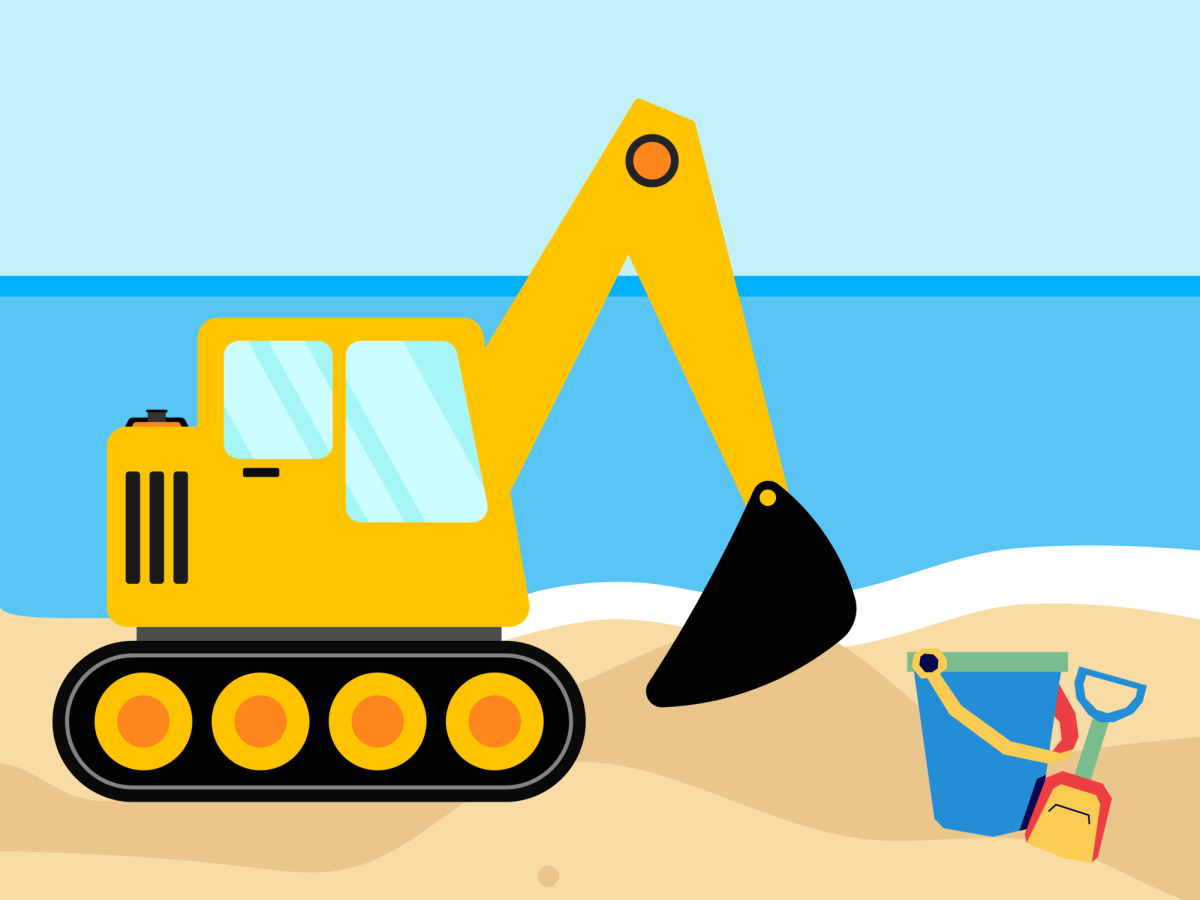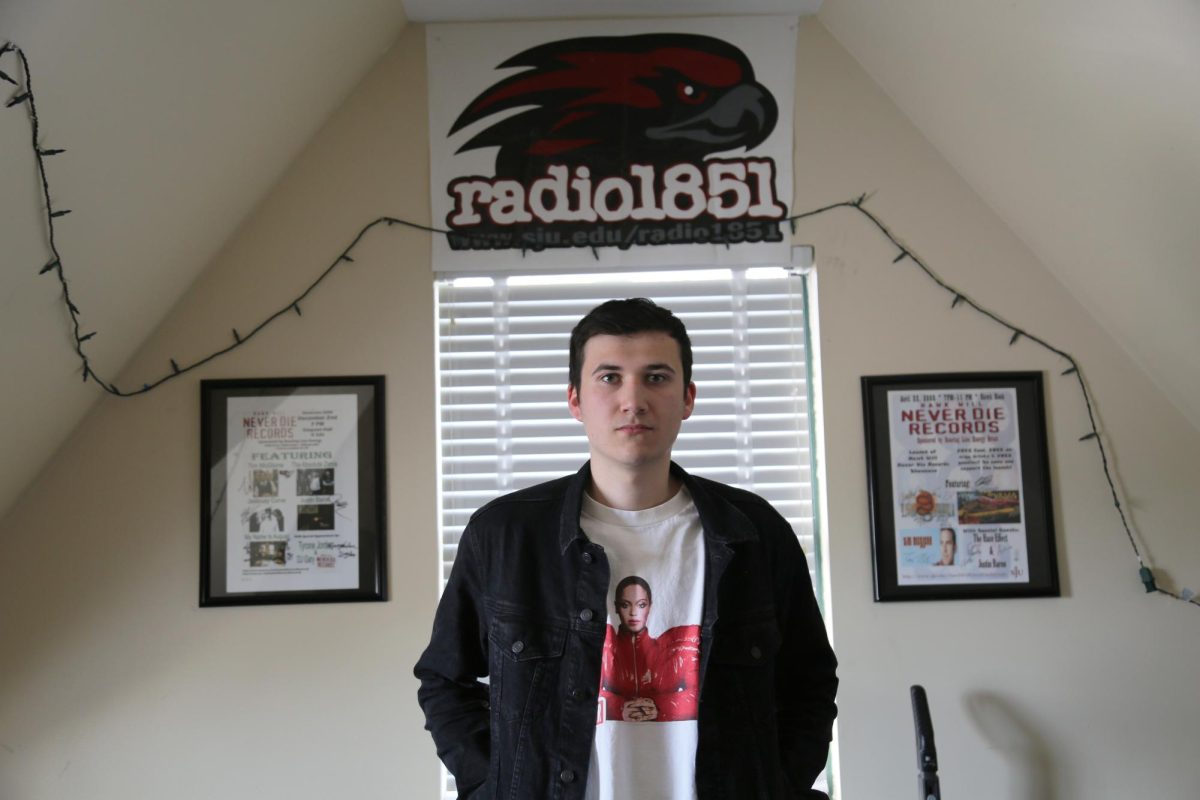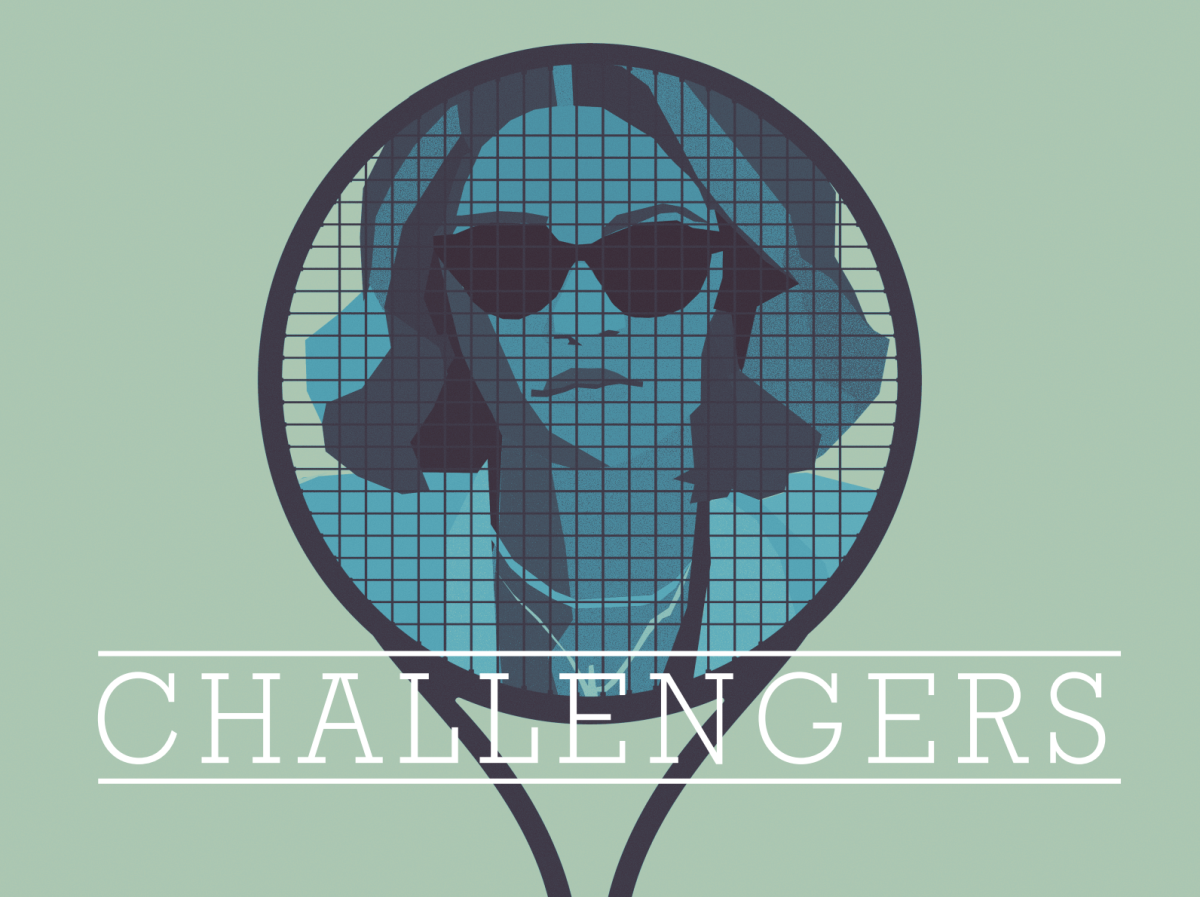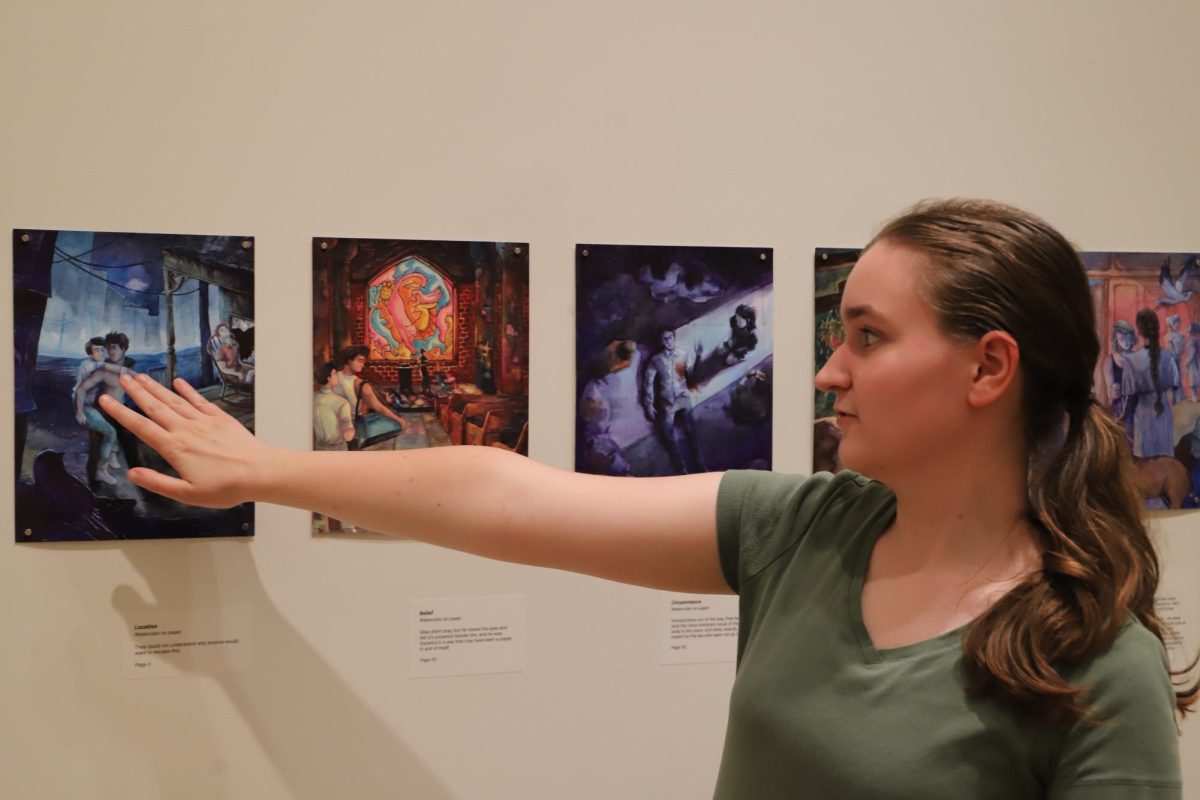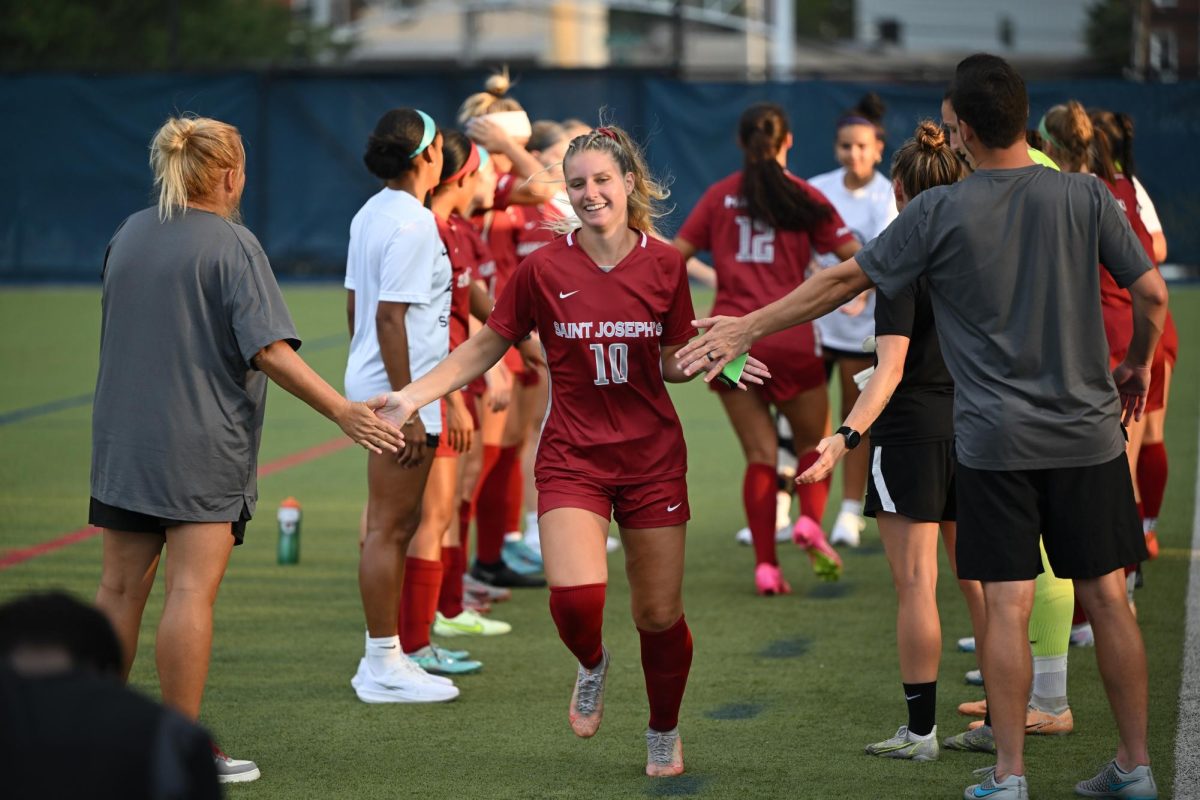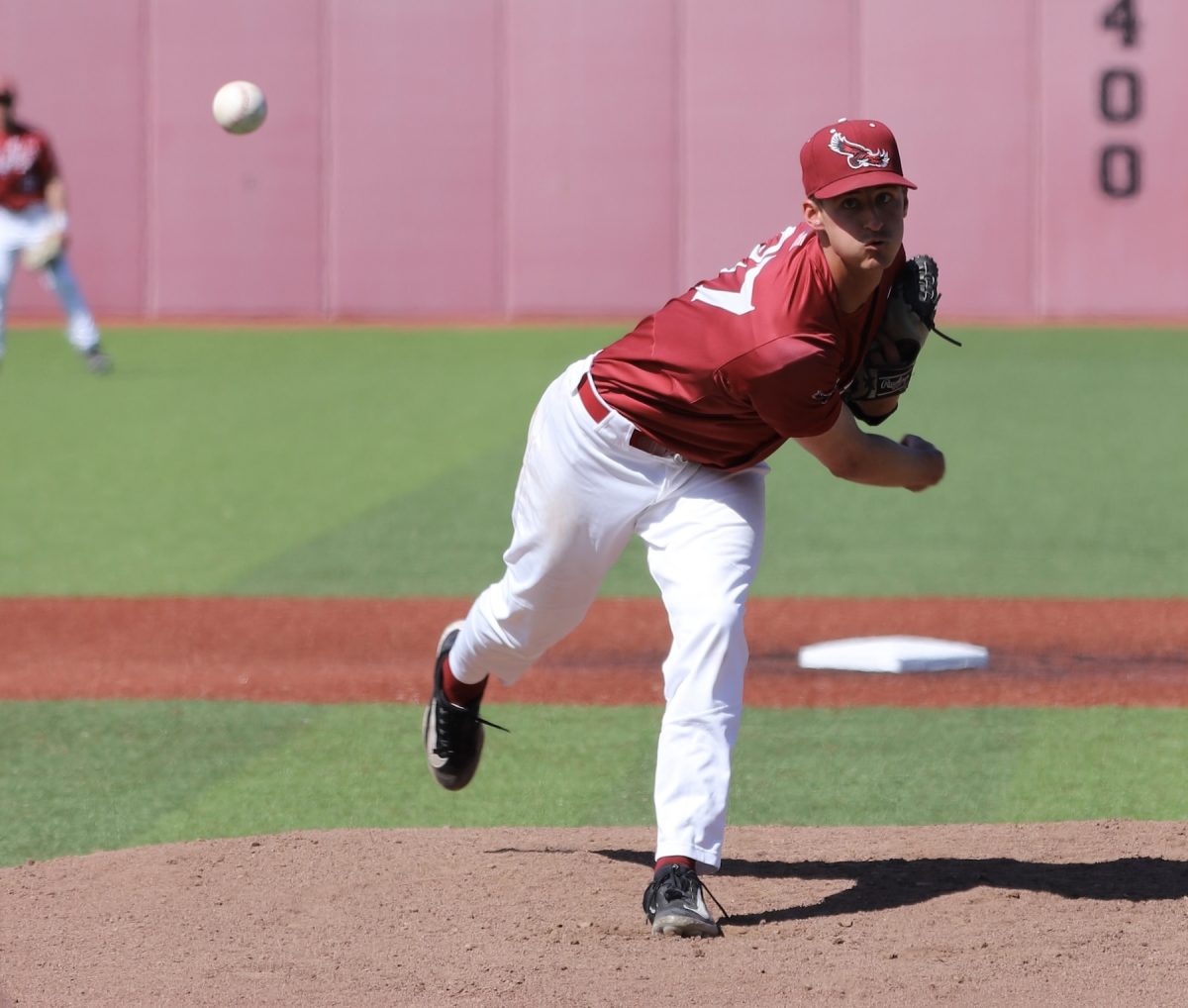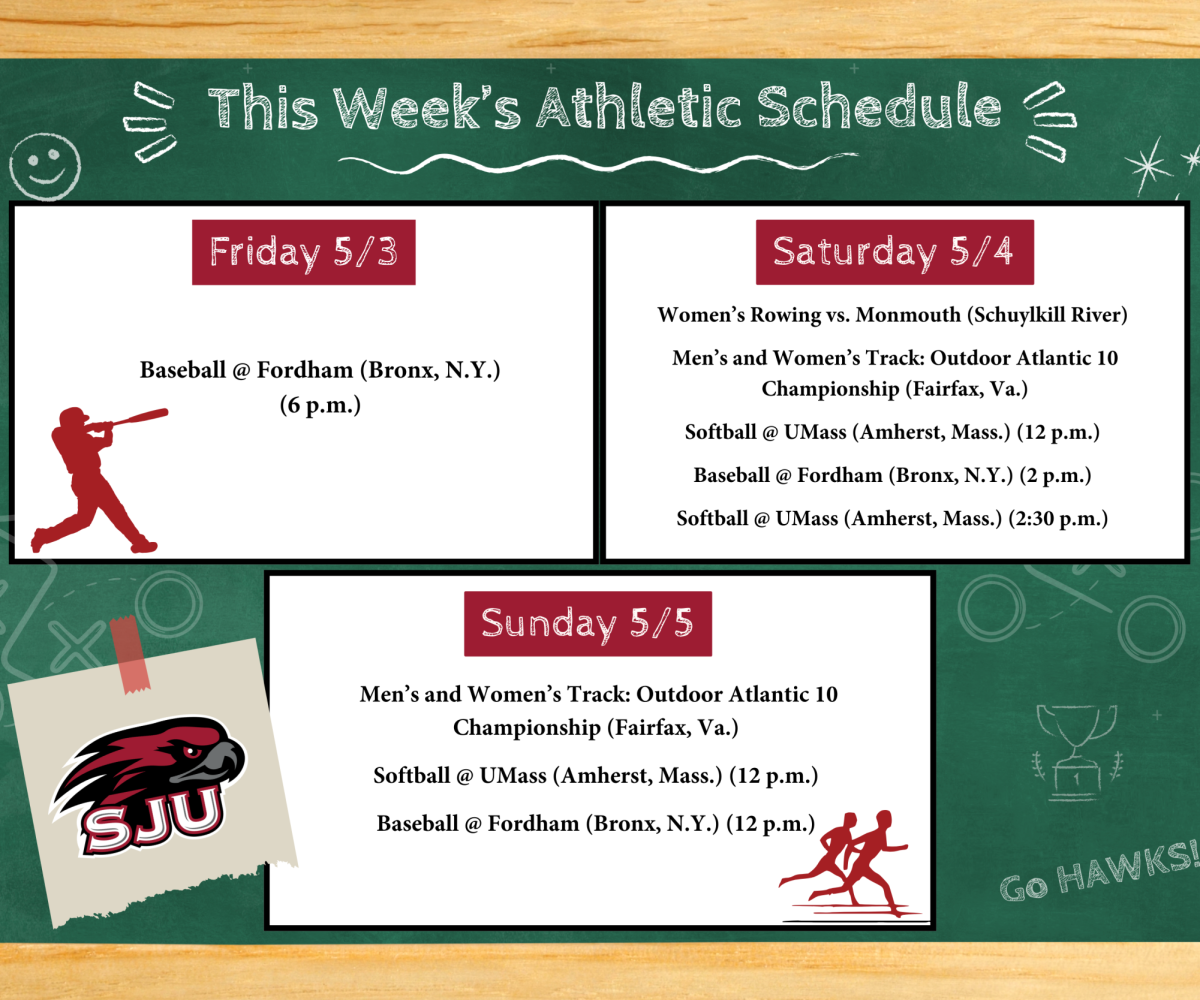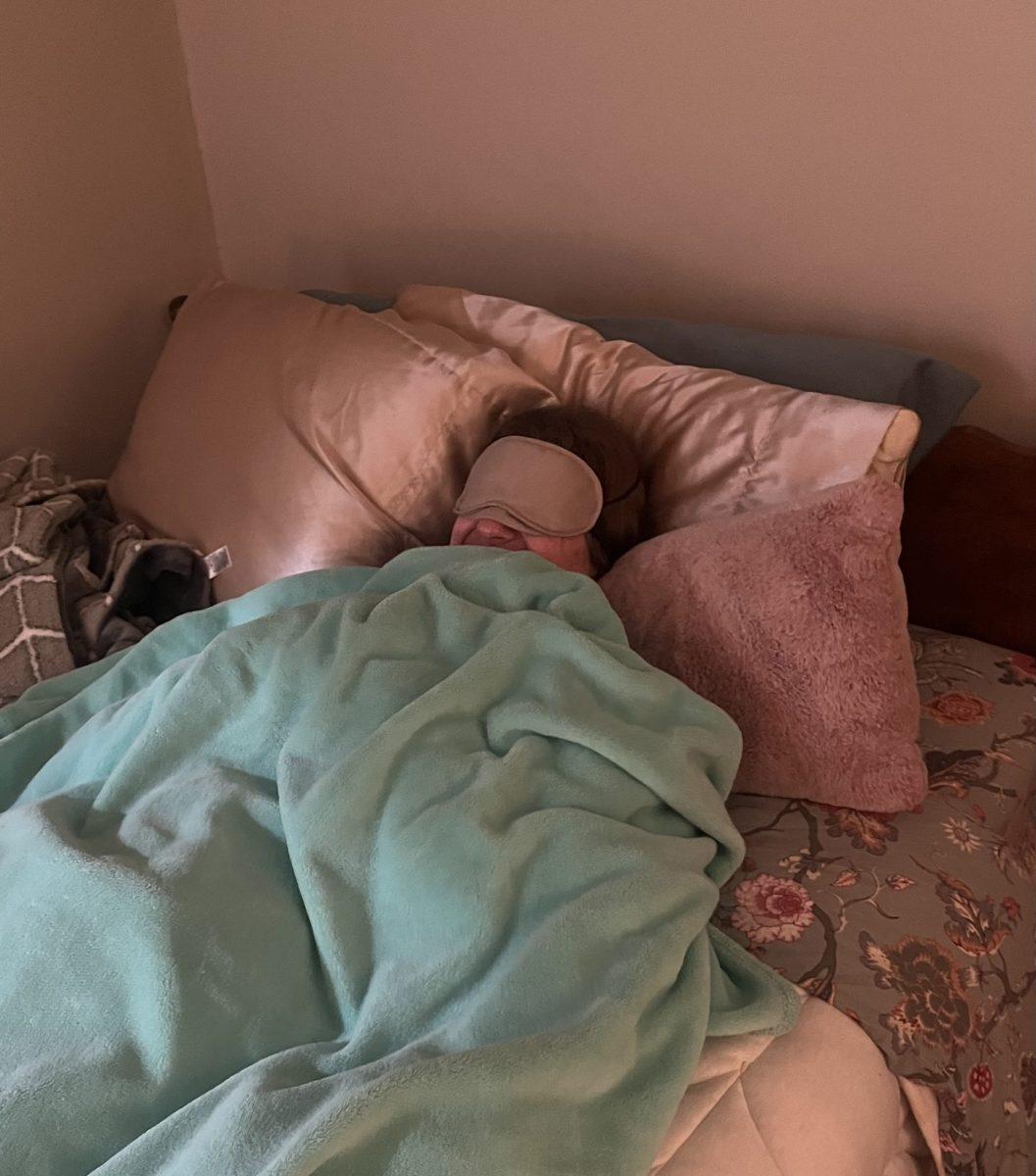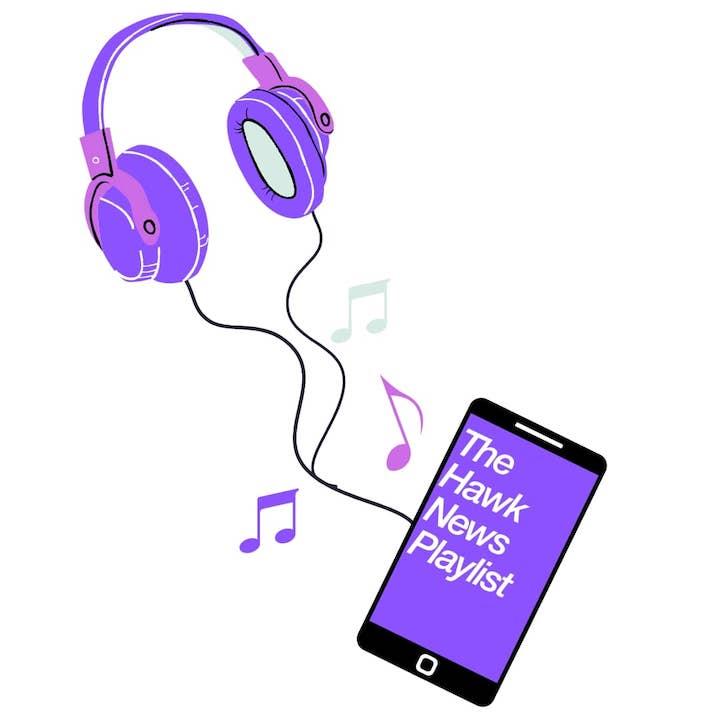Sometimes, these gray winter days make me want to curl up in the middle of the day and sleep until spring.
After doing some online research and consulting with sleep specialists and nap enthusiasts, I decided to introduce a daily nap into my routine. While it wouldn’t make spring come any faster, I thought maybe it would help me get through the day.
First, I had to decide on a nap length. Shorter naps promote alertness without causing drowsiness later on, so I decided 30 minutes was my sweet spot. My weekly schedule doesn’t give me much wiggle room, but there is an open window around 3 p.m., the perfect time for an afternoon cat nap.
Benjamin Barnes, Psy.D., assistant director of Counseling and Psychological Services (CAPS), confirmed my 30-minute nap was at the end of the range for optimal nap length.
“Naps longer than 20-30 minutes are not recommended and can be associated with higher risks of poor nighttime sleep quality which can ultimately lead to sleep deprivation,” Barnes wrote in response to written questions from The Hawk. “Longer naps can also lead to a phenomenon called ‘sleep inertia’ which is associated with a sense of grogginess, confusion, and impaired cognitive functioning.”
Looking for more napping advice, I asked Mary Fazzino ’25, a frequent napper, what she thought of my plan.
“Thirty minutes gives you the perfect amount of rest, feeling refreshed and not tired,” Fazzino said.
I also consulted with sleep medicine specialist Dr. Eliot Freidman at MainLine Health. He explained that the best nap will look different for everyone. For some, naps only cause difficulty falling asleep at night. The homeostatic process for sleep is like a rubber band. When you wake up, it begins to stretch. The longer you’re awake, the more pressure to sleep builds up. If you let some of the pressure go, falling asleep at night will be more difficult, Friedman explained.
But naps can be beneficial, too, according to Barnes.
“Short naps in the afternoon have been shown to support memory, cognition, mental clarity, and executive functioning,” Barnes wrote. “Other studies have shown that naps can help reduce fatigue, boost creativity, aid in relaxation and boost physical performance.”
That has been Fazzino’s experience, who uses naps to control anxiety, boost energy and reverse drowsiness in the day after a bad night’s sleep.
“Many times, I have more energy after I nap, and I feel less anxious and more alert,” Fazzino said.
On the first day of my experiment, I got home and headed straight for my bed. My pajamas and warm bed halted my afternoon momentum, but I wasn’t mad about it. I jumped in bed, set a timer and closed my eyes. I never actually fell asleep but laid there with my eyes mostly closed.
Time took forever to pass, and I wanted to get up multiple times before the alarm. Afterward, I felt sleepy and groggy from the midday lull.
My roommate, Cara Halligan ’25, has different experiences with her frequent naps. She gets in about four naps a week and often uses them as a reward for finishing assignments. Her nap length depends on her schedule.
“I think 30 [minutes] is great,” Halligan said. “Sometimes there’s a pressure of being able to fall asleep when you have a timer set. I do like when I can sleep in a short amount of time, but it’s got to be ideal circumstances.”
I knew 30 minutes would never be enough for me to fall asleep. But this made me curious; does just resting your eyes provide any of the benefits naps should bring?
Barnes explained resting your eyes can bring benefits, especially to those who look at the screen for an extended period.
“There is always a benefit from taking a break and resting your eyes. Long study sessions and extended screen time can contribute to headaches, fatigue, and eye strain,” Barnes wrote.
By days three and four, my mid-day naps began to feel routine. My experience and research made me a pro. For example, I found leaving my pajamas on my bed in the morning made for a quick change transition and less laundry.
On day four, I finally noticed some rewards for all my hard work. I was focused and felt the “second-morning” effect that my roommate mentioned. Days five, six and seven produced similar results. I stopped looking at naptime as a roadblock in my day and saw it as a time to refresh.
After my experiment, I learned a lot about the universal benefits of midday napping and how they impact my day. However, while I appreciate the slight boost of energy and mental clarity, I don’t think it’s enough for me to incorporate 30-minute power naps into my usual routine.

